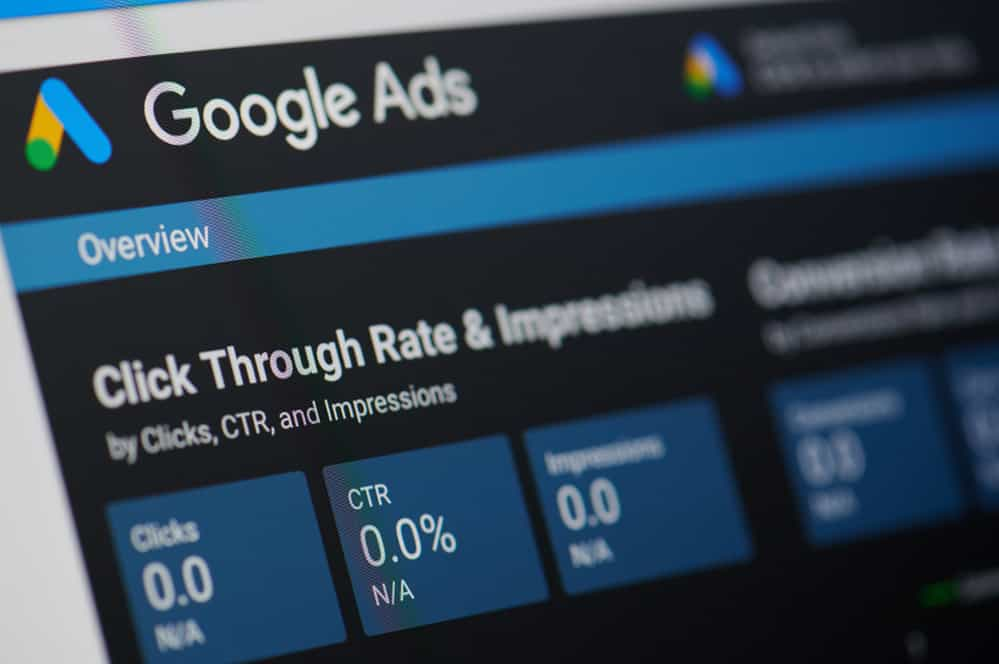2 Simple Ways To Optimize Your Google Ads Campaigns
Google Ads can be a great way to reach new customers and grow your business. However, if your campaigns are not optimized correctly, you may not be getting the most out of your investment. In this article, we will discuss three ways to optimize your Google Ads campaigns for better results.
The primary network we will be discussing in this article is based on the search network but these practices can be applied to any of the networks.
Metics Analyzed To Make Optimizations
There are three primary metrics I focus on when optimizing Google Ads.
- Conversions - the number of purchases or sign-ups created from ads. (I.e. leads)
- Conversion Rate - the rate at which clicks are converted into conversions. This number is calculated by the conversions / number of clicks.
- Cost per Conversion - the average cost per conversion. This is calculated by the total cost over conversions / total number of conversions.
The reason why I focus on these metrics is they get down to the bottom line for any business. If you can increase your conversions and increase your conversion rate, you more than likely are going to be decreasing your cost per conversion. The assumption made is that total ad cost stays the same
What Is The Right Data Set?
If you have only been running your Google Ads campaign(s) for a few weeks, you haven't necessarily accrued the proper amount of data to make the assumption that the locations targeted are preferred or non-preferred.
Typically, looking at a three to six-month data set will give you a better picture of what is working and what is not working. If you can go further than six months or year-over-year data, your data set will give you a great picture and assumptions can be more accurate.
1. Optimize Targeted Locations
Depending on the product or service of the company you are advertising for you more than likely are focused on select markets. These markets can be radius-based or specific cities or regions.
Get started by going to your selected campaign and on the left-hand side, go to Locations. Once you open this, you should see a screen that shows your performance metrics by the selected locations. If you are targeting specific locations, instead of radius targeting, you can select a specific location and drill down more by cities, neighborhoods, postal codes, and airports.
The drill-down option I typically look at is the postal codes.
When going through your targeted postal code locations, go through and sort by the metrics mentioned above, Conversions, Conversion Rate, and Cost/Conversions.
Here are the steps to deciding which areas to focus on:
- If you see locations where you are getting clicks and not getting conversions, turn them off.
- If you see locations where you are getting low conversions, low conversion rate, and high cost per conversion - turn them off.
Why advertise in an area where you are spending money and not making any?
2. Optimize For Day And Time Of Day
Let's make the assumption that you are offering a B2B service and after doing some keyword searches, you know that the terms you are focused on are not highly searched after business hours. You more than likely are going to only advertise when people are searching.
We will go through this process looking at the same metrics we analyzed above but looking at the days and times of day when ads are running.
You can look at multiple different views when analyzing the times where you are getting the best traffic that is converting into leads by going to the ad schedule on the left-hand side of your Google Ads performance screen.
What are the different views?
- Day & hour - shows you the day and hours for selected metrics
- Day - shows you the day for selected metrics
- Hour - shows the hour(s) for selected metrics
The view that shows the data set that will give you the best assumptions for analyzing ad performance is the Day & hour view. Here you can see what day and what time where your ad dollars are spent efficiently.
Here are the steps to deciding which areas to focus on:
- If you see days and times of day where you are getting clicks and not getting conversions, turn those times off.
- If you see days and times of day where you are getting low conversions, low conversion rate, and high cost per conversion, turn those times off.
If you have an ad schedule that runs from 08:00 to 17:00, you are going to want to optimize your ad schedule by adding multiple times of the day to run ads and excluding times where you do not want to advertise.
Note: you can only at six (6) time slots per day, so pick wisely.
Why advertise during times when you are not generating leads?
In conclusion
These two simple steps can make a big impact on your bottom dollar, and as a marketer, you will take pride in presenting better performance metrics to your higher-ups.
Remember that your data set matters!
If you can view your data set for a longer set of time, you'll be able to make better assumptions and make better optimizations for your Google Ads campaigns.
Art's Cube has been managing Google Ads campaigns for almost a decade now and provides transparent reporting for your ROI. If you are looking to get started on Google Ads or need a consult, please reach out to our team to guide you on best practices.

